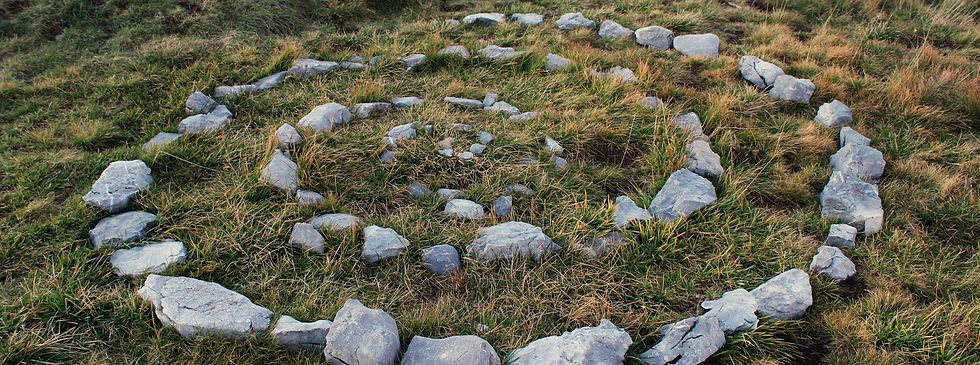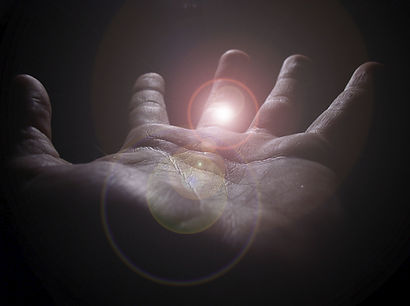
Intro to Osteopathy
OSTEOPATHIC TENETS:

-
The person is a unit of body, mind and spirit.
-
The body is capable of self-regulation, self-healing and health maintenance.
-
Structure and function are reciprocally interrelated.
-
Rational treatment is based upon an understanding of the basic principles of body unity, self-regulation and the interrelationship of structure and function.

A Whole Person Approach
Osteopathic Manipulative Treatment (OMT) is a hands-on approach to healing that enhances the body’s ability to function and to self-regulate. The goal of treatment is to restore the body’s inherent motion in all the different tissues- bones, muscles, fascia and more. OMT differs from other bodywork in that it is part of a medical philosophy that considers the body as a unit and recognizes that its structure influences its function.

OMT and Medical School: Building Expertise
OMT is first learned by students during medical school. Osteopathic medical school is a four-year training program, like traditional medical school, although with additional time allotted to learning OMT. Most Doctors of Osteopathy (D.O.'s) then complete a residency in primary care, surgery, or any of the specialties. A small percentage of D.O.s will choose to make OMT a mainstay of their practice.

OMT vs. Other Bodywork: The Medical Difference
Osteopathic Manipulative Treatment is prescribed by the physician and is performed by the physician. It is used when there is a diagnosis of “somatic dysfunction” which is a problem with a part of the body, such as a subluxed rib, a rotated vertebrae or tense myofascial tissue. Only DOs (and more recently MDs with osteopathic training), are allowed to perform OMT and bill for it. (There are physical therapists who also perform osteopathic techniques but it’s billed differently). Some patients will not need to return for treatment after their problem has been resolved in 1-3 visits. Others with chronic conditions may need more regular visits, or maintenance to stay ahead of their pain.

Cranial Osteopathy: A Vital Part of Healing
Most of Dr. Parke’s patients will receive Osteopathy in the Cranial Field. Cranial bone motion and the fluctuations of the cerebral spinal fluid give vitality to the tissues. The cranial bones can move because there are sutures (jagged lines between the cranial bones) which function like joints. The inherent motion helps the blood and CSF flow in and out of the cranium and move to all parts of the body. Treatment of the cranium can also be directed at the dura (the covering of the brain and spinal cord). Note that Osteopathic cranial manipulation can differ from craniosacral therapy.

